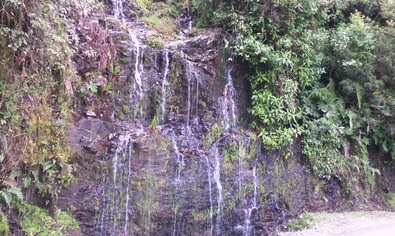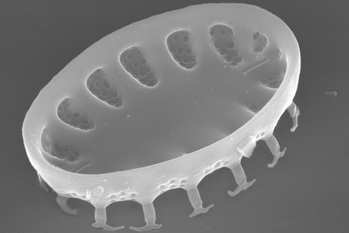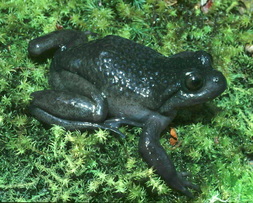


 This is a post I've wanted to write for some time now, which is mix of local tales and science, and mostly the story of a very modest waterfall along the trans Andean road that connects the city of Cusco to the Amazon forest. It is a small waterfall - really more a wet rock wall than a waterfall - that you can admire, if you bother to, as soon as you pass the mountain pass, on your right as you descend towards the cloud forest. Locals, or at least some of them, call this place "Sirenachayocc", which is a combination of Spanish and Quechua words and indicates that mermaids inhabit the place. The tale goes like this: a man is alone looking for his cattle, wandering around the grasslands, as he enters the cloud forest shrouded in fog, he starts to discern a figure near the waterfall, and hearing an enchanting music, and finally there appears a beautiful mermaid. Don't bother dismissing this as a product of imagination -- the story teller will insist that yes, himself has seen the mermaid, and so have several of his neighbors over many years. This is not particularly unique -- similar tales and mermaid sightings are reported throughout Amazonia, often associated with springs and waterfalls.  But this place is more than just the home of mermaids. It is also the place where the spaceship-like organism illustrated in this photograph was discovered - and now the type locality of this recently named diatom. These diatoms do not seem to be sighted as frequently as mermaids are, but their elegant symmetry is certain to rival their charm. The diatom's name honors the nearby Wayqecha biological station, where researchers are busy unraveling the secrets of the cloud forest.  But contrary to mermaids and diatoms, other aquatic organisms have become much harder to see. The pool that formed at the base of the waterfall was once full of large, dark brown tadpoles of water Andean frogs. The adults (a female in the photo) were numerous in the creek, and could be found under rocks and submerged in the chilly water. Epidemics of the amphibian fungal disease chytridiomycosis, which swept through the region in the early 2000s, have caused the local extinction of these frogs, duly noted by the local mermaid admirers. And so the hope is that, as mermaids disappear and reappear, so will the frogs. Their call might not be as enchanting as a mermaid's song, but they at least share an amphibious existence. But these frogs may also be sentinels to a future when what is left of mermaids, and of the aquatic life they so jealously guard, is the word in a toponym.
0 Comments
|
Archives
June 2024
CATENAZZI LABNews from the lab Categories |